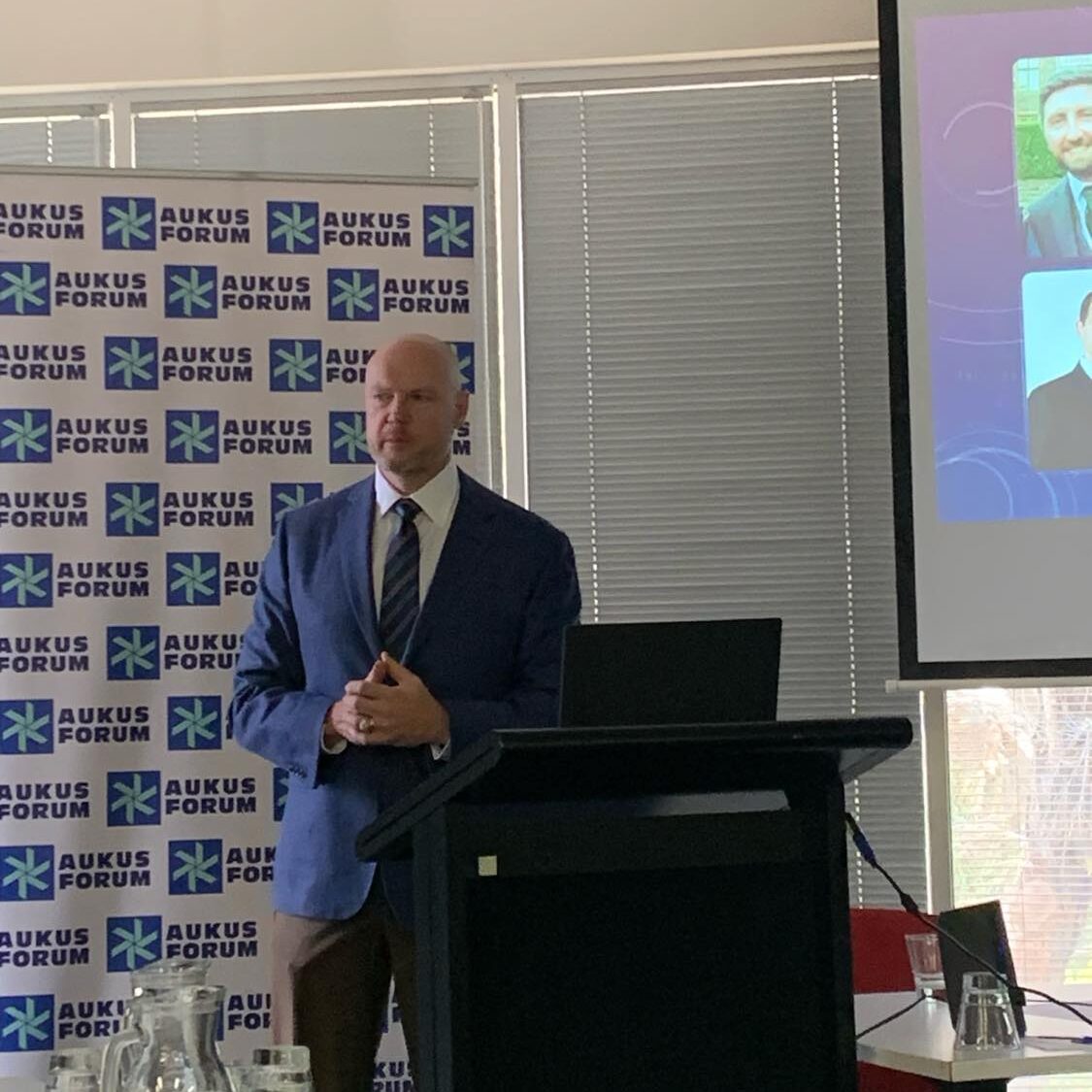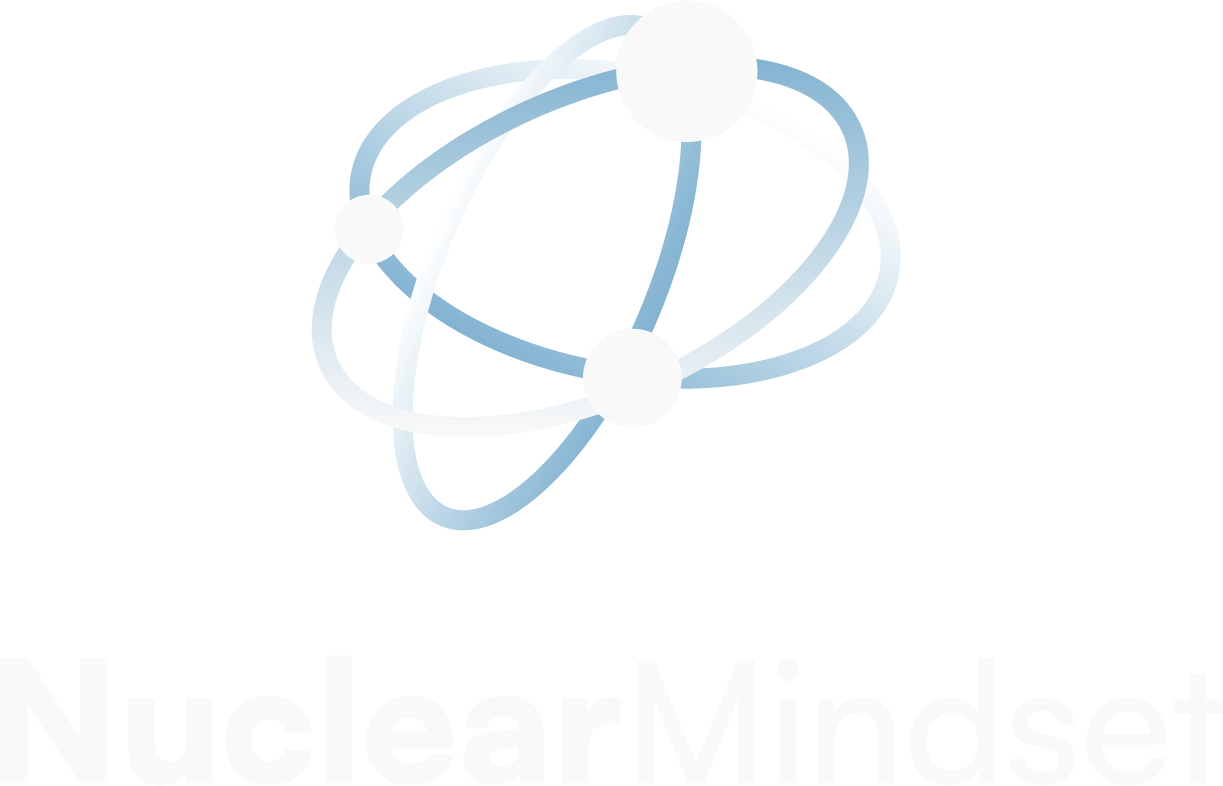
As Peter Drucker stated, “Culture eats strategy for breakfast”, and a strong, positive culture can often have a greater impact on outcomes than technology or strategies employed. But what does culture have to do with the AUKUS agreement, a trilateral security pact between Australia, the United Kingdom, and the United States?
The purpose of the agreement is to enhance cooperation in defence and technology between the three nations. Pillar I is notably focused on the development of nuclear-powered submarines for Australia and Pillar II deepens cooperation in areas such as technology, cyber, artificial intelligence, quantum technologies, and additional capabilities to support defence and security. AUKUS will bring major changes to our local economy and job market, with the potential to employ thousands of Australians in new, exciting, and rewarding careers. It’s estimated that 20,000 new jobs will be required to build, service and maintain the submarine fleet. Many more will be created to support Pillar II. Again, what does this have to do with culture?
One of the intangible and perhaps unforeseen benefits of AUKUS—particularly Pillar 1’s acquisition of nuclear-powered, conventionally-armed Virginia-class submarines—is the culture of excellence that underpins the historically unprecedented safety and reliability record of these impressive machines. Australian naval officers are attending Naval Nuclear Power School in the United States and others are serving aboard U.S. submarines as part of an exchange program. A generation of uniformed and civilian Defence personnel are being introduced to the U.S. Naval Nuclear Propulsion Program’s culture of excellence. This creates an opportunity for Defence to leverage these experiences to embark on a generational shift in Defence culture as this group grows.Why is the U.S. Naval Nuclear Propulsion Program considered to have a “culture of excellence”? Because of its focus on high standards, uncompromising adherence to safety, and proactive drive for continuous improvement. Since its inception in the 1950s, it has never had a reactor accident or release of radioactivity with an adverse effect on human health or the environment. The Program’s standard and record surpass those of any other military or civilian nuclear program. The Program’s injury and illness incidence rates and lost workdays are about one-third of the rates for general industry. The Program is studied extensively for its ability to achieve excellence and served as the basis for high reliability organisation theory. It has been referenced in books such as High-Velocity Edge: How Market Leaders Leverage Operational Excellence to Beat the Competition by Stephen J. Spear and countless others. When other industrial programs encounter crisis, they turn to the Program and former personnel for guidance such as Admiral Rickover’s support in getting three astronauts safely home after a critical failure on the Apollo 13 spacecraft to Admiral Donald leading an investigation into Boeing’s recent quality control issues. Both were former heads of the Program.
What makes the U.S. Naval Nuclear Propulsion Program a benchmark for a culture of excellence? Technology is one reason. Because of the potential impact to human health and the environment due to a failure, the Program has a focus on conservatism in design and operation. It spent nearly a decade evaluating the incorporation of digital instrumentation to replace analog instruments into reactor controls. It was not because of paralysis by analysis but a mandate to verify that changes to the technology would not compromise safety.
Additionally, the Program invests heavily in its people. The Program starts by selecting high-performing individuals and then puts them through a one year long Naval Nuclear Power School, considered the most academically rigorous U.S. military program. But the training does not stop there. Throughout their careers, these nuclear-trained individuals undergo continuous training and testing on theory, systems, and casualty procedures to maintain a high level of knowledge and proficiency.
In operations, every individual has a voice, and they are encouraged to ask questions. They are expected to contribute to the success of the organisation from day one, and senior management has the responsibility to engage front line operators. This is driven by the fact that senior management is ultimately accountable for the safety culture of the organisation. In severe instances, this can mean their removal from a leadership position.
While there are other tenets of the Program’s culture of excellence, one of the most significant is the emphasis on continuous improvement. Organisations within and supporting the Program are evaluated on their ability to identify issues and trends, determine root causes, and correct them. The Program even takes the extra step of sharing issues among other organisations in the enterprise for them to learn from the mistakes of others. It is the strong emphasis on high standards in equipment and people and continuous improvement that has driven the U.S. Naval Nuclear Program in achieving excellence.
Defence is already being exposed to this culture of excellence, and it will be a matter of time before it is institutionalised. But this culture of excellence shouldn’t be limited to defence. Any organisation looking to enhance operational excellence can benefit from learning the U.S. Naval Nuclear Propulsion Program’s tenets and incorporating them. Irrespective of your support for nuclear power, there is ample evidence that the culture of excellence demonstrated by the U.S. Naval Nuclear Propulsion Program enhances the safety and efficiency of organisations that embrace it.
Dale Heinken served for 26 years in the U.S. Navy as a nuclear-trained surface warfare officer. He had command of USS BOXER (LHD 4), served as the Reactor Officer aboard USS THEODORE ROOSEVELT (CVN 71) and was on the naval nuclear propulsion examination team. Dale also serves as an advisor to the AUKUS Forum nuclear taskforce.
